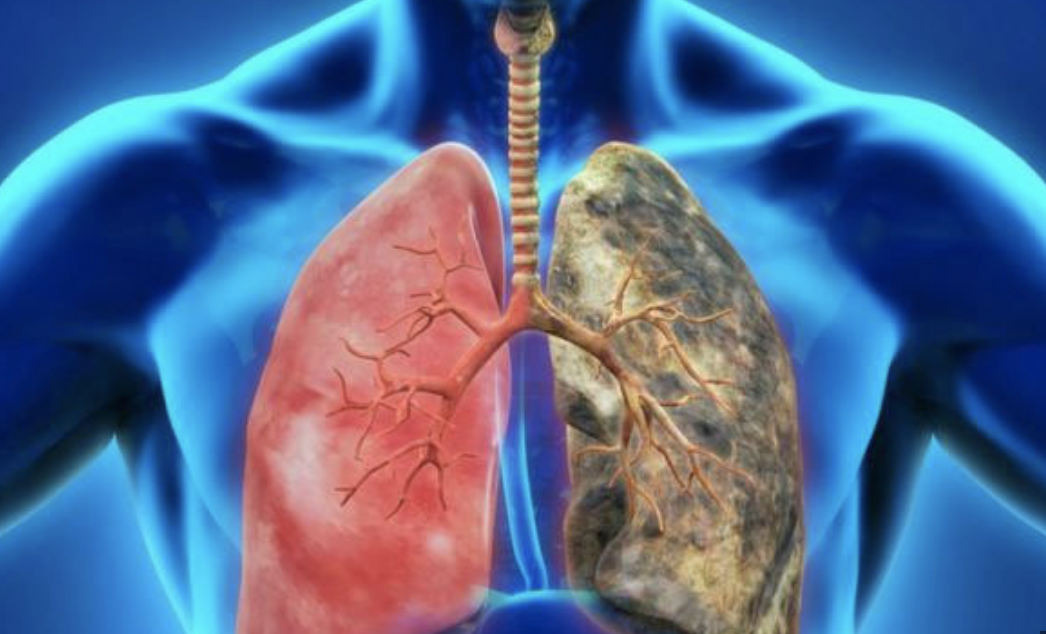When it comes to any niche field, they seem to have their own language and the same is true for fitness. When referring to all things fitness related, there seems to be common acronyms that we like to use to refer to very simple things. Here are the 5 most common acronyms you may encounter and what they mean!
1. DOMS
Delayed Onset Muscle Soreness
This refers to the 24-48 hours post workout where your muscles are feeling really sore. This occurs as a result of the microscopic tears that happen within the muscle fiber during intense workouts. This is a good thing! When this happens, the body will naturally send nutrients and blood to those muscles to repair them and make them grow even stronger.
2. AMRAP
As Many Rounds As Possible
This is a certain type of strength and interval based workout style. Typically the workout is broken down into multiple exercises performed for a certain amount of reps. You want to get as many rounds as possible in a certain amount of time. For instance, 10 squats, 15 pushups, 20 crunches, 30 jumping jacks in 15 minutes. This is a great way to change up your workout routine and it can be incredibly challenging.
3. BMR
Basal Metabolic Rate
This refers to the amount of energy expended in a resting state. In other words, this would be the total number of calories burned while in a fully neutral and resting state. Think of it as how much gas your car consumes while idling. This can help determine how many calories you would need to consume to gain or lose weight or stay in maintenance. Of course these numbers are always an estimate and I caution you to be careful to rely on things like an apple watch to help you determine these numbers (although they can give you a general idea).
4. F.I.T.T. Principle
Frequency, Intensity, Type, and Time
This refers to a general guideline in developing a fitness program that will help you achieve your goals. When it comes to fitness, you should always have these four parameters covered when developing a fitness program. Change up the parameters every 6 to 8 weeks to keep your body guessing and avoid plateaus.
5. EPOC
Excess Post-Exercise Oxygen Consumption
Also known as the “afterburn”, this refers to the increase in oxygen consumption and metabolism after you exercise. This process, which can last up to 24 hours enables the body to repair and recover.
What are some acronyms you can think of?




